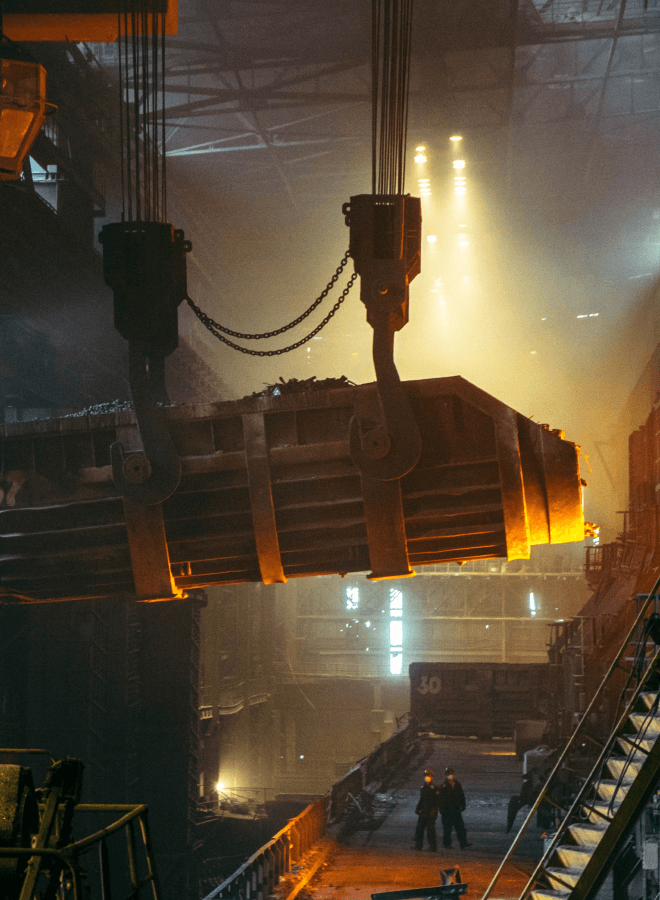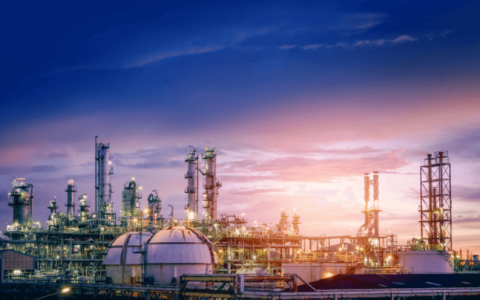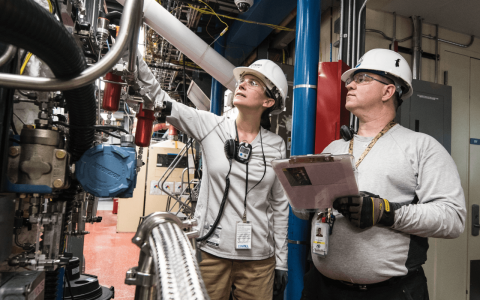Indian Steel Industry Report
May 25, 2021 2021-07-02 1:58Indian Steel Industry Report

Indian Steel Industry Report
Introduction
India was the world’s second-largest steel producer with production standing at 111.2 million tonnes (MT) in 2019. The growth in the Indian steel sector has been driven by domestic availability of raw materials such as iron ore and cost-effective labour. Consequently, the steel sector has been a major contributor to India’s manufacturing output.
The Indian steel industry is modern with state-of-the-art steel mills. It has always strived for continuous modernisation of older plants and up-gradation to higher energy efficiency levels.
Indian steel industry is classified into three categories – major producers, main producers and secondary producers.
Market Size
India’s finished steel consumption grew at a CAGR of 5.2% during FY16-FY20 to reach 100 MT. India’s crude steel and finished steel production increased to 108.5 MT and 101.03 MT in FY20P, respectively.
Between April 2020 and February 2021, India’s cumulative production of finished steel at 85.60 MT.
For the period April 2020 and February 2021, India’s cumulative production of crude steel stood at 92.78 MT.
Export and import of finished steel stood at 8.24 MT and 6.69 MT, respectively, in FY20P.
Export and import of finished steel stood at 9.49 MT and 4.25 MT, respectively, between April 2020 and February 2021.
Investments
Steel industry and its associated mining and metallurgy sectors have seen major investments and developments in the recent past.
According to the data released by Department for Promotion of Industry and Internal Trade (DPIIT), the Indian metallurgical industries attracted Foreign Direct Investment (FDI) to the tune of US$ 14.24 billion in the period April 2000-September 2020.
Some of the major investments in the Indian steel industry are as follows:
- In March 2021, JSW Steel completed its takeover of debt-ridden Bhushan Power and Steel Ltd., boosting to the former’s overall output to 21.5 mtpa. JSW Steel’s has 18 mtpa of capacity, which will hit more than 26 mtpa with the addition of BPSL and a doubling of capacity at JSW Steel’s Dolvi steel mill to 10 mtpa.
- In March 2021, Arcelor Mittal Steel signed Rs 50,000 crore deal with Odisha government to setup a steel plant in the state.
- In February 2021, Tata Steel BSL collaborated with FarEye, a software logistics firm to improve its digital transformation process.
- In a move towards becoming self-reliant, Indian steel companies have started boosting steel production capacity. To this end, SAIL announced doubling of its at 5 of its steel plants capacity in September 2020.
- In March 2020, Arcelor Mittal Nippon Steel India (AM/NS) acquired Bhander Power plant in Hazira, Gujarat from Edelweiss Asset Reconstruction Company.
- In February 2020, GFG Alliance acquired Adhunik Metaliks and its arm Zion Steel for Rs. 425 crore (US$ 60.81 million), marking its entry into the Indian steel market.
- For FY20, JSW Steel set a target of supplying around 1.5 lakh tonnes of TMT Rebars to metro rail projects across the country.
- In December 2019, Arcelor Mittal completed the acquisition of Essar Steel at Rs. 42,000 crore (US$ 6.01 billion) and formed a joint venture with Nippon Steel Corporation.
- JSW Steel has planned a US$ 4.14 billion capital expenditure programme to increase its overall steel output capacity from 18 million tonnes to 23 million tonnes by 2020.
- Ministry of Steel plans to invest US$ 70 million in the eastern region of the country through accelerated development of the sector.
- The production capacity of SAIL is expected to increase from 13 MTPA to 50 MTPA in 2025 with total investment of US$ 24.88 billion.
- Tata Steel has decided to increase the capacity of its Kalinganagar integrated steel plant from 3 million tonnes to 8 million tonnes at an investment of US$ 3.64 billion.

Road ahead
The National Steel Policy, 2017 envisage 300 million tonnes of production capacity by 2030-31. The per capita consumption of steel has increased from 57.6 kgs to 74.1 kgs during the last five years. The government has a fixed objective of increasing rural consumption of steel from the current 19.6 kg/per capita to 38 kg/per capita by 2030-31.
As per Indian Steel Association (ISA), steel demand will grow by 7.2% in 2019-20 and 2020-21.
Huge scope for growth is offered by India’s comparatively low per capita steel consumption and the expected rise in consumption due to increased infrastructure construction and the thriving automobile and railways sectors.
Note: Conversion rate used in January 2021, Rs. 1 = US$ 0.0137
References: Media reports, Press releases, Press Information Bureau (PIB), Joint Plant Committee (JPC), Union Budget 2021-22
Note: P- Provisional, Except low grade (below 58%)



